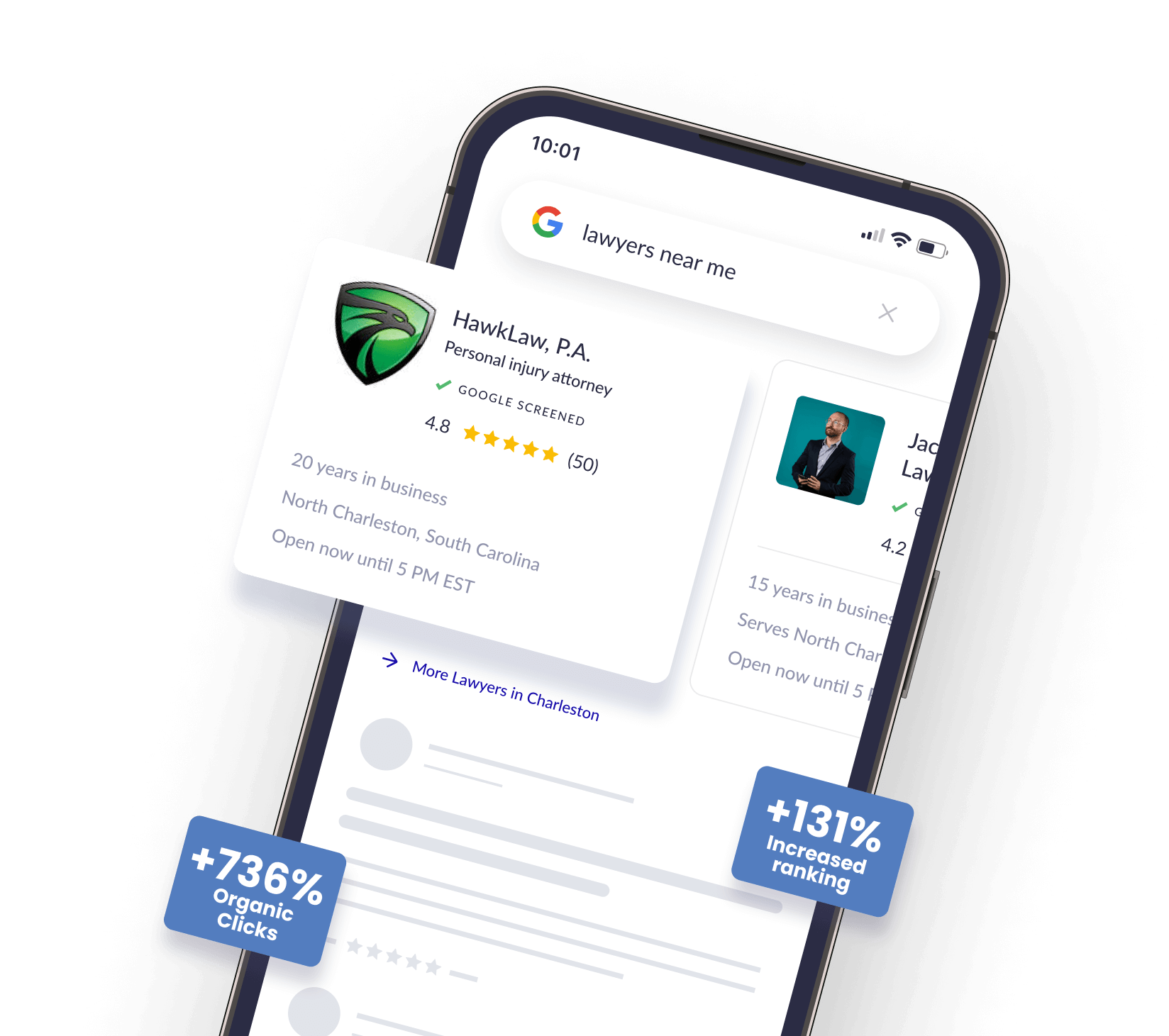
As odd as it may sound, I did not know who our best clients were until about a week ago.
After running Array Digital for the last two years, I knew who our top two clients were. But beyond that I was guessing. I didn’t even have a methodology for analyzing who those best clients were. After some discussions with the management team, and realizing that they also did not know, I set out to solve the mystery.
Rank Sorting our Clients
I asked Katya to produce a list of all of our clients and how much Monthly Recurring Revenue (MRR) each provides. From that it was very simple to sort clients by MRR in descending order. So now I had a sheet that listed each client, their MRR, and they were rank sorted from top to bottom.
That was a good starting point, and actually provided most of the answer I was looking for. What I quickly realized though was that I wasn’t exactly asking the right question. At present, we have 79 clients. What I now had in front of me was a sorted list of how much revenue we got from each client, but it still didn’t answer the question of which of our best clients. It just gave me the raw data.
So, how to figure out the best clients?
Certainly the amount of MRR we get from a client is a very strong and objective indicator of their goodness. A second indicator could be how much upsell potential we have with each client. Some clients are locked in at a budget, and they are very unlikely to increase that budget. Other clients have discretionary budget that could be put towards digital marketing, but at the moment is going elsewhere – TV or radio as an example. Those clients have upsell potential. I started down the path of evaluating this subjective qualifier with my management team, but we quickly realized it was just too subjective.
As an example, what would we do if we thought a client has upsell potential, labeled them one of our best clients, then determined there wasn’t upsell opportunity? How many times would we toggle a client from “best” to “not best” client status based on this subjective measure? The potential to upsell a client is a great qualifier for the sales team, but in the end didn’t work out for our “goodness” analysis. So we dropped the concept of using subjective qualifiers to determine goodness.
Prioritizing Clients
Having settled on using only MRR as the quantifier for goodness, what I needed was to somehow delineate which were our best clients from which ones were are not the best. What I quickly recognized was that clients generally fell into a couple of different ranges of MRR. The best clients had healthy budgets, more than most other clients. I labeled those as Priority 1 clients.
Separating the rest of the clients into groupings wasn’t quite as straightforward. But we noticed that clients that paid the least MRR paid less than $100 per month. These are clients that generally receive services that we consider to be legacy; services that we no longer sell to new clients but we still support for older clients.
Here’s a summary of the priorities we applied.
Revenue Distribution
Since we had grouped each client a priority, we went ahead and charted it out. Here’s what we found…
Those top two clients made up 32% of our revenue. That was our first big surprise from this analysis. We knew that they brought in a lot of revenue, but we didn’t realize it was one third of our revenue.
The fact that our Priority 2 and Priority 3 clients brought a combined 45.5% of revenue wasn’t a huge surprise. But, the fact that our Priority 4 clients, the ones that pay less than $100 per month each, only amounted to 0.8% of our revenue was a big surprise. We thought they brought in 10% or so. We were off by a factor of 10x! That was much lower than we anticipated.
Next, we looked at how many clients we supported in each grouping.
Do you see what I see?
40% of our clients are priority 4 clients. Those are the same clients that bring in less than 1% of our revenue. That was a huge finding of this analysis. We did not realize that we had so many clients that we had to support, who brought in such a small amount of revenue.
Low Priority Clients
Honestly, these clients don’t require a lot of support. They’re pretty much hands-off because we simply host their websites and do not provide support. But this service is one that we’ve been thinking of killing for a while because it’s inconsistent with the type of company that we are now. This is a service that we have not sold for a long time. If these clients were to upgrade, they may be a fit for us. But we’ve tried to upgrade them to the next lowest service and they’re just not interested. Consequently, they’re just not a fit.
These clients have websites on our server that are completely unmanaged – all we do is host them, we don’t patch and update them. The problem with that is that if our clients don’t patch the software, which they probably aren’t, then those websites are susceptible to being hacked. If they get hacked then there is a chance, although very slight, that the server could get hacked as well. That would not only cause work and problems for our web developers, it could cause problems for other clients that are paying for support and other services. These unmanaged websites, and clients, represent a liability to us.
Now that we had done this analysis and determined that 40% of our clients represented less than 1% of our revenue, the next question was, what do we do about it?
This was an easy question to answer. We have been wanting to phase out these clients for a while and transition them over to another company or hosting solution that is a better fit for them. This was the icing on the cake. There is no reason for us to support so many clients who provide so little revenue and who have long since stopped being a fit.
These clients also represent very little, actually no opportunity for us selling. They will remain hosting only clients forever, because these are mostly lifestyle businesses or hobbies. Again, not our kind of clients.
Armed with this new data we have determined that we are going to be discontinuing the hosting only service by the end of the third quarter of 2019.
When I set out to determine our best clients oh, I did not expect this to be the outcome!
So Who Are Our Best Clients?
Now, back to determining who are our best clients.
Clearly Priority 1 clients are our top tier clients. There are six clients representing 53.7% of our revenue. That is a relatively small quantity of clients (7.6% of our clients) representing a large quantity about revenue (57%).
This is the data I was looking for. Those six clients are our best clients.
We’ve Identified Our Best Clients. Now What?
Now that we’d gone through the process of determining our best clients, and identifying precisely which ones are best, we wondered…Now what?
The question is, Do we treat them any differently?
We are always going to treat all of our clients with a high degree of respect and quality of services. It is in our core values that are obsessed with our clients which means they will all get superior service. But the reality is that our best clients deserve VIP service above and beyond what everyone else gets.
We have not finalized what that means, not exactly yet. We’re currently working on defining which extra VIP services those six best clients get that the others will not.
It will likely be things like quarterly one-on-one business results meetings between those business owners/operators and our founders, in-person monthly meetings versus monthly meetings by video or phone, and a faster level of service for routine maintenance (1 day turn around for support requests vs. 2-3 day turn around). Those are small things that don’t cost us any money, yet will cement their VIP status with us because they get special access to us that others don’t. There may also be other things that we do that cost us money, like VIP dinners or lunch and learn sessions. But again, we’re still fleshing that out.
How You Can Apply This To Your Company
The key thing for us though was to clearly define who our best clients are. If you haven’t already gone through the exercise of doing that for your company, then it’s overdue.
Get a list of your clients and either their MRR or lifetime value. Or, maybe there’s another similar metric that makes sense for you. But it has to be something quantifiable that your accounting software or some other system can spit out at any time. Take an hour to group your clients and define who makes up the bulk of your revenue.
Take that list and make sure that everyone in your company is fully aware of who these customers are. Also be clear that these customers get VIP treatment, and define what VIP service looks like.

Everything you need to know about hiring a digital marketing agency:
- The four pillars of digital marketing
- Digital marketing options and costs
- The pitfalls to avoid
- What to expect when working with an agency
- The qualities to look for in a digital marketing agency

Related Entrepreneurship Articles
Extraordinary Results
-
“Erik and the Array Digital team are top notch in the digital marketing spaces, particularly for SEO. Their understanding of Google, the algorithms, and the work involved to get websites ranking on the first page is unparalleled. Thank you Erik!!”
Andrew ZihmerZihmer Law Firm -
“I had a chance to consult with Kevin Daisey for my law firm’s marketing needs. He is knowledgeable, kind, and helpful. He provided me with a great marketing analysis. He also invited me to their podcast as a guest speaker. Thank you Array Digital!”
Merve KatiZMK Law -
“The legal profession needs more architects and designers…folks who are thinking about the future of the profession and who are assembling a tribe of like minded lawyer leaders. Erik and his team are certainly ‘that’.”
Ben GlassBen Glass Law & Great Legal Marketing










